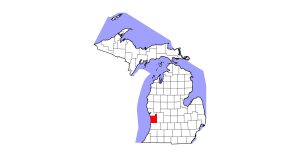One New VSV-Affected Premises Confirmed in Arizona County
Maricopa County sees overall drop in premises affected by vesicular stomatitis virus.
Share
ADVERTISEMENT

Although officials have identified one new Maricopa County premises with vesicular stomatitis virus (VSV), three previously affected or suspect premises in the county have been released from VSV quarantine. | Photo: Wikimedia Commons
Maricopa County now contains seven confirmed positive and one suspect premises, bringing the state’s totals to 18 confirmed positive premises and one suspect premises:
- Apache (2 confirmed positive premises);
- Cochise (4 confirmed positive);
- Gila (1 confirmed positive);
- Maricopa (7 confirmed positive; 1 suspect);
- Pima (1 confirmed positive);
- Pinal (2 confirmed positive); and
- Santa Cruz (1 confirmed positive).
Since the last Situation Report on June 24, seven previously infected or suspect premises in Arizona have been released from quarantine:
- Butler (5);
- Cowley (1); and
- Sedgwick (1).
Other VSV-positive states in 2020 include Kansas, Nebraska, New Mexico, and Texas
Create a free account with TheHorse.com to view this content.
TheHorse.com is home to thousands of free articles about horse health care. In order to access some of our exclusive free content, you must be signed into TheHorse.com.
Start your free account today!
Already have an account?
and continue reading.
Share
Written by:
Edited Press Release
Related Articles
Stay on top of the most recent Horse Health news with















